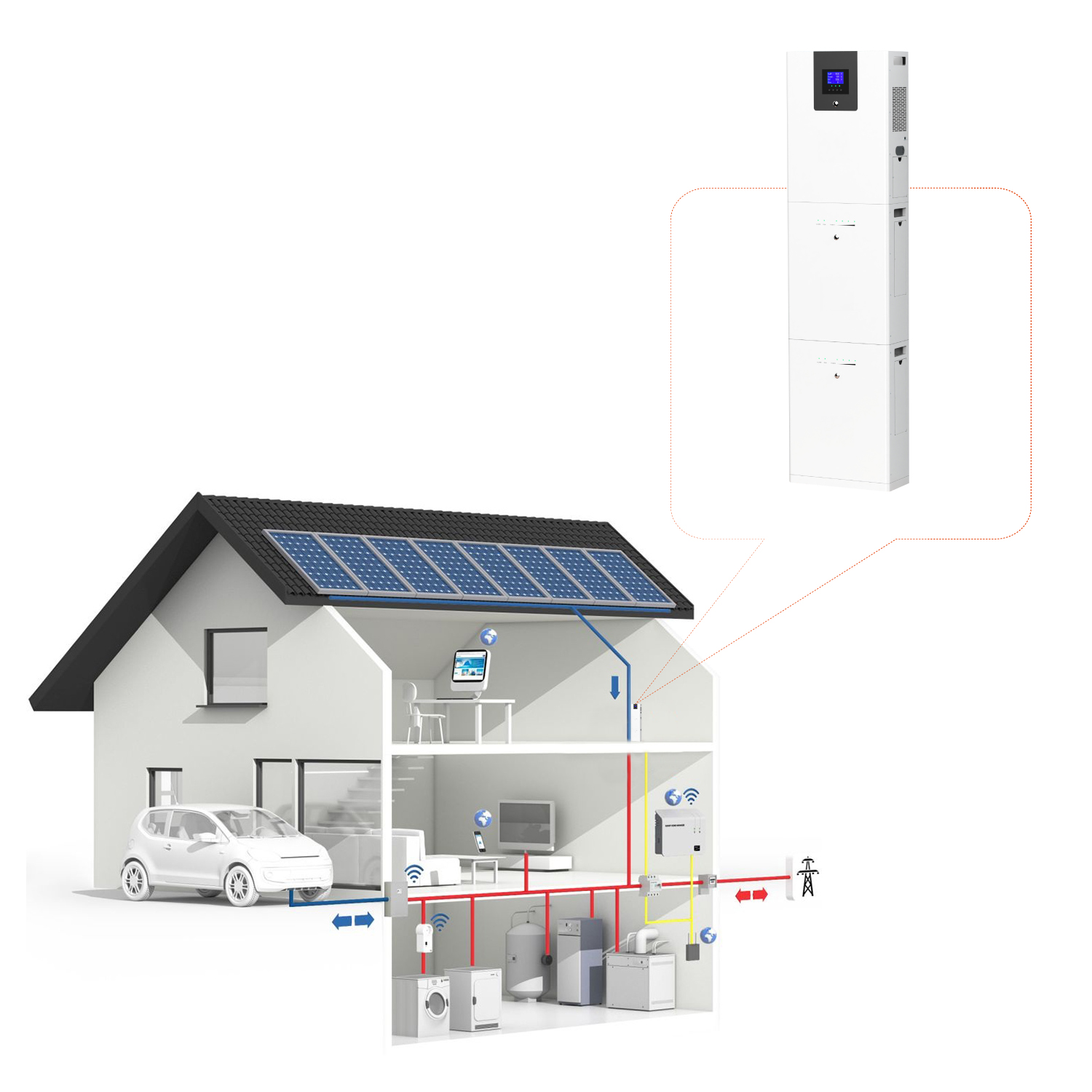
Privacy statement: Your privacy is very important to Us. Our company promises not to disclose your personal information to any external company with out your explicit permission.

Home batteries have been on the market for years and now come in a variety of styles and sizes. With the rapid development of Lithium Battery technology, modern lithium battery systems are rapidly replacing traditional lead-acid batteries as manufacturers develop intelligent modular systems for various energy storage applications.
If you're new to solar power, read our introduction to battery storage, including the pros and cons of home storage batteries. Also see an introduction to different types of solar energy systems, including standalone and hybrid battery systems. For a comparison of lithium and lead-acid, see our article on lithium and lead-acid.

Unfortunately, battery sizing often comes with a one-size-fits-all approach that can result in poor performance and fail to meet consumer expectations. There are usually two main reasons for this.
1:Small battery - not enough capacity for home needs.
2:Large capacity battery: The solar panel does not have enough energy to charge the battery. Usually in winter.
To avoid these problems, a qualified designer should consider many important factors such as solar panel size (existing or new), system type (on-grid or off-grid), and emergency power requirements. You should choose a battery based on Overnight or overnight power consumption (kWh). Fortunately, most modern battery systems are modular and expandable, so you can size them accordingly. With that in mind, next he selected the best battery based on 6 categories.
Battery size or capacity is measured in kWh (kilowatt hours). This is the total energy that the battery can store. However, the usable capacity may differ from the total battery capacity. Usable capacity is typically limited to 80% to 90% of the total battery capacity to extend battery life and prevent battery shutdown at very low charge levels. For example, a lithium-ion battery with a total capacity of 10 kWh may limit its usable capacity to 80% to extend its life. This means that 8 kWh of energy can be released per day. However, the remaining 10-20% typically occur in emergencies such as
LET'S GET IN TOUCH

Privacy statement: Your privacy is very important to Us. Our company promises not to disclose your personal information to any external company with out your explicit permission.

Fill in more information so that we can get in touch with you faster
Privacy statement: Your privacy is very important to Us. Our company promises not to disclose your personal information to any external company with out your explicit permission.